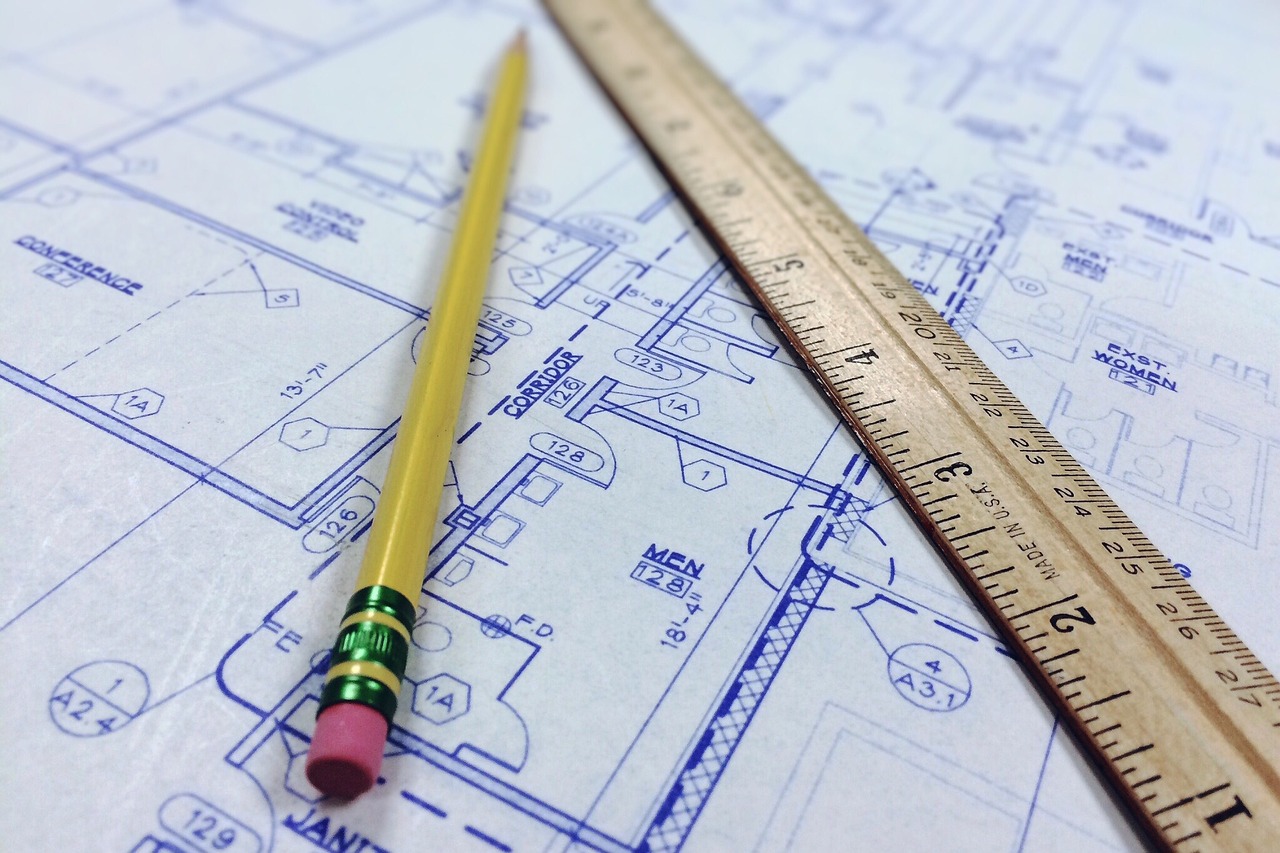
Revisiting Building Code vs. Home Inspections
Code is a 4-letter word
Building code is a set of minimum requirements for building design, construction, and operation to protect public health, safety and the natural resources that sustain us. Structures are built in compliance with laws and regulations established by the state, according to the specific codes of the location and time period in which they are built. The local building inspector (or AHJ, authority having jurisdiction) is charged with inspecting for code throughout the construction process. Any construction project where permits have been issued should have been inspected for code by the building official.
What is the difference?
Home inspectors do not inspect for building code compliance. In fact, building code can be different between states, counties, and towns. It is recommended that home buyers confirm, at the building department of their town hall, the existence of building permits for home additions and/or work involving windows, roofs, siding, etc.
A home inspector looks at the condition of a structure and mechanics of the home, and can tell you about deficiencies or areas that may need to be addressed, from leaking roof to failed window seals to electrical needs or cracks in a foundation.
For further information distinguishing the roles of a home and code inspector read our
original blog post below.
We are often asked during a home inspection whether something meets building
code. For example, are GFCI (ground fault circuit interrupter) outlets required by
code? What kind of railing is required for decks?” The answer: it depends on whom
you are asking, and when the house was built.
If you are asking these types of questions of a home inspector, who will answer
within the scope of a home inspector’s expertise, the words “code” and “required”
will not likely be used, at least not within the inspection report. Home inspections
follow with their state regulations for reporting conditions. In CT there are three
conditions a home inspector must report, according to the state requirements:
● Not functional
● Unsafe
● Near the end of service life
Building code compliance is not required to be reported by home inspectors
because codes change and homeowners are not required to continually upgrade
their homes to meet ongoing changes to align with the most current codes.
If the above three conditions are found, the inspector makes “recommendations,”
for correction or monitoring. He does not “require” any action. An older house
may have conditions that are not in compliance with codes for new homes. There
is no requirement to upgrade and meet modern codes. Some things cannot be
changed to meet today’s codes. Homes framed in the early 1900’s do not meet
today’s framing codes. In order change this, you would have to tear down the
house and start over. Therefore, the inspector will be looking to see if the framing
methods of that era are still functioning adequately and whether they present any safety
issue.
Many safety issues parallel codes and therefore, a home inspector is likely to
recommend a number of improvements based on safety that also happen to be
current code requirements.
Let’s go back to whether GFCIs are required by code. GFCIs were not always
required by code in houses. At some point building code required them in baths,
later in kitchens within six feet of the sink, and now all countertop outlets in the
kitchen must be GFCI. A town building inspector has no jurisdiction to require a
home built in 1968 to have GFCI outlets where they are required today, unless
those outlets are being replaced or added. For safety, home inspector will likely
“recommend” GFCI outlets in a number of places in a 1968 home.
Some home inspector’s recommendations may exceed code. Code requires
childproof rails for any deck at 30 inches above the ground. Many home inspectors
will recommend rails at 24 inches, especially if the buyer has small children.
In reality, when a home buyer is asking if something meets code, they do so
because they really want to know if the home and its systems are functional and
safe. This is what the home inspection is designed to address.

